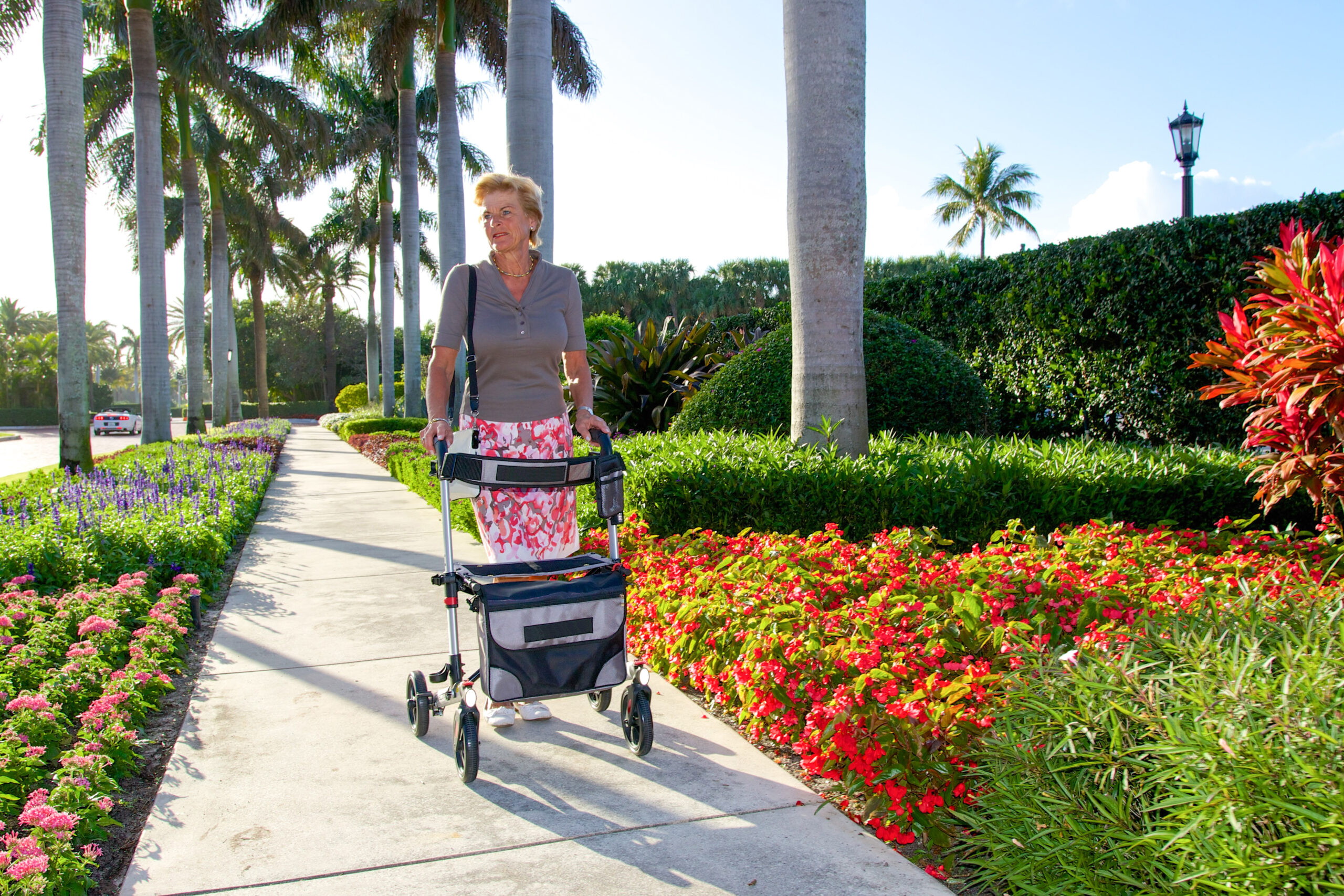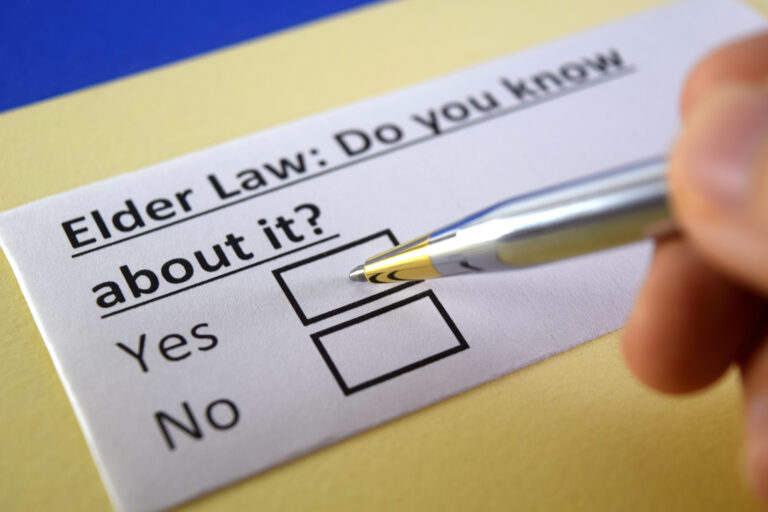A Key to Personal Empowerment and Better Outcomes
Navigating the complexities of the healthcare system can often feel overwhelming. Whether you’re dealing with a chronic condition or simply managing routine health concerns, being an active participant in your care is essential. Advocating for yourself in a healthcare setting means understanding your rights, communicating effectively with medical professionals, and ensuring that your care aligns with your needs and values. This article explores the importance of self-advocacy in healthcare, the challenges you may face, and practical strategies to empower yourself to take charge of your health.
The Role of Self-Advocacy in Healthcare
Empowerment and Informed Decision-Making:
Self-advocacy in healthcare is not just about speaking up; it is about becoming an informed participant in decisions that directly affect your well-being. When you take an active role in your care, you’re more likely to ask meaningful questions, understand your treatment options, and consent to therapies that reflect your personal values. This involvement fosters a sense of empowerment and helps counter feelings of vulnerability that often accompany illness or medical uncertainty.
Improved Communication with Providers:
Effective communication is the cornerstone of high-quality healthcare. By advocating for yourself, you promote a dialogue where your concerns are heard and addressed. Clear communication helps ensure that your symptoms, preferences, and potential allergies are adequately recorded and considered. When healthcare providers are aware of your perspective, they are better equipped to tailor their recommendations and avoid miscommunication that can lead to errors or delays in treatment.
Better Health Outcomes:
Numerous studies have indicated that patients who are proactive and well-informed about their healthcare tend to experience better outcomes. When you advocate for yourself, you’re more apt to notice subtle changes in your condition, adhere to medication plans, and follow through with recommended lifestyle adjustments. This vigilance often translates into earlier interventions and a more collaborative approach to managing your health, ultimately leading to improved treatment results.
Common Challenges in Being Your Own Advocate
Systemic Complexities:
The modern healthcare system can be complicated. Insurance policies, a myriad of specialist referrals, and varying hospital protocols can make it challenging to receive consistent and coordinated care. This bureaucratic intricacy often discourages patients from voicing their concerns or questioning the status quo.
Power Dynamics in Healthcare Settings:
Many patients feel intimidated by the perceived authority of doctors and medical staff. The traditional dynamic, where the clinician’s expertise is rarely questioned, can inhibit patients from actively participating in discussions about their care. Overcoming this barrier is essential for ensuring that your voice is incorporated into the decision-making process.
Limited Health Literacy:
Understanding medical terminology, test results, and treatment plans is crucial but can be challenging without a background in healthcare. Limited health literacy can leave patients feeling ill-equipped to engage in meaningful conversations with their providers. However, this can be addressed through education and accessing reliable resources.

Strategies to Enhance Your Self-Advocacy
Educate Yourself:
Knowledge is power. Start by educating yourself about your condition, treatment options, and the medications you are prescribed. Utilize resources from reputable sources such as national health organizations, patient education websites, and medical journals. Even a basic understanding of your diagnosis can help you ask pertinent questions and better comprehend the suggestions offered by your healthcare team.
Prepare for Appointments:
Before visiting a healthcare provider, prepare a list of questions or topics you want to address. Bring along a trusted friend or family member if you feel this will help bolster your confidence or provide additional perspective. Remember, your appointments are a forum for your concerns, and preparation can significantly enhance the quality of the conversation.
Keep Detailed Records:
Maintain a personal health journal that includes your medical history, current medications, test results, and a log of your symptoms. This documentation will not only help you keep track of your progress over time but also serve as a useful reference during consultations with your providers.
Clarify and Confirm:
During consultations, ask for clarification when medical jargon or complex instructions are not fully understood. Don’t be afraid to ask your provider to repeat or rephrase explanations. Confirming your understanding of the treatment plan or next steps ensures that you leave the appointment with a clear grasp of what is expected.
Utilize Support Networks:
Engage with patient advocacy groups or online communities related to your condition. These networks can offer support, share experiences, and provide insights into successful advocacy strategies. Often, knowing that others have faced similar challenges and succeeded in navigating the healthcare system can be both reassuring and empowering.
Know Your Rights:
Familiarize yourself with patient rights and confidentiality regulations. These rights are designed to protect you and ensure fair treatment within the healthcare system. Knowing your legal entitlements can give you the confidence to ask for second opinions, request additional tests, or even change providers if necessary.
The Future of Self-Advocacy in Healthcare
As healthcare continues to evolve with technological advancements such as telemedicine, digital health records, and personalized medicine, the importance of self-advocacy will only grow. With more tools at your disposal to monitor, track, and manage your health, an informed patient is better positioned to collaborate with healthcare professionals. This dynamic collaboration not only enriches your individual care but also contributes to systemic improvements by highlighting gaps and opportunities for more patient-centered practices.
Being your own advocate in healthcare is more than a personal strategy—it’s a mindset that empowers you to take charge of your well-being. By educating yourself, preparing thoughtfully for medical appointments, and asserting your rights, you can help ensure that your care is responsive and respectful. This active participation not only leads to better health outcomes but also enriches the overall quality of your healthcare experience. In the increasingly complex world of medicine, self-advocacy is a fundamental step towards achieving a healthier, more informed, and empowered life.















